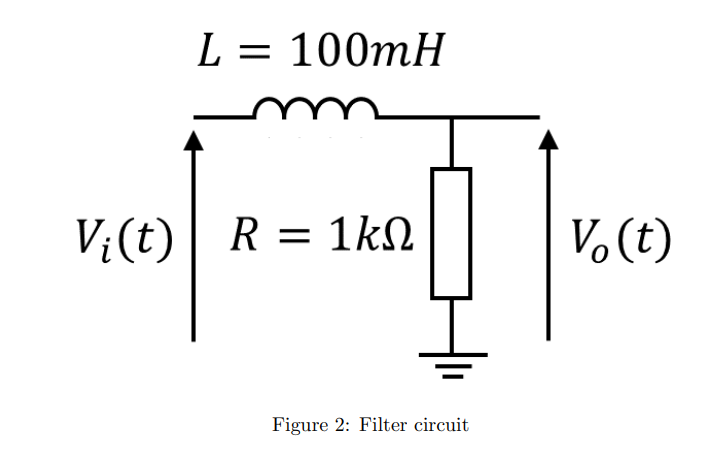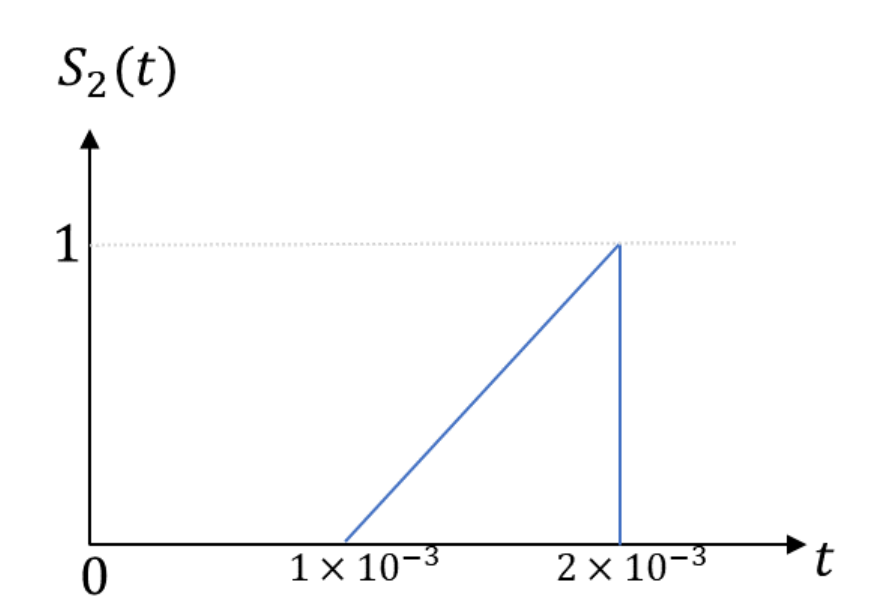(Solved): 3.1 Deriving the filter output waveform using convolution Using convolution, compute an expression f ...
3.1 Deriving the filter output waveform using convolution Using convolution, compute an expression for the time-domain output waveform of the filter when Vi(t) = S2(t). This is the final question for the coursework and is more difficult problem to solve. The process you need to follow is exactly the same as in the lecture slides. What are the limits of the convolution integral (i.e. where is the product of F(? ) and S2(t ? ? ) non zero)? You will need to consider two different sets of limits for different ranges of t. You can start by sketching F(? ) S2(t ? ? ) on a plot with ? on the horizontal axis to understand these limits. As a hint, the only real difference to the lecture example, is that you have a triangle pulse rather than a step input. Other than the obvious difference in function shape / different equation for Vin, the limits will be different (a step goes on to infinity, and also this pulse doesn’t start at t = 0 like the step in the lecture example). [Report: Derivation of time-domain output waveform. Even if you can’t quite get the correct answer for the final part, there are marks for attempting this.]

Expert Answer
Solution. the filter output waveform using convolution Using convolution, Using convolution, compute an expression for the time-domain output waveform
